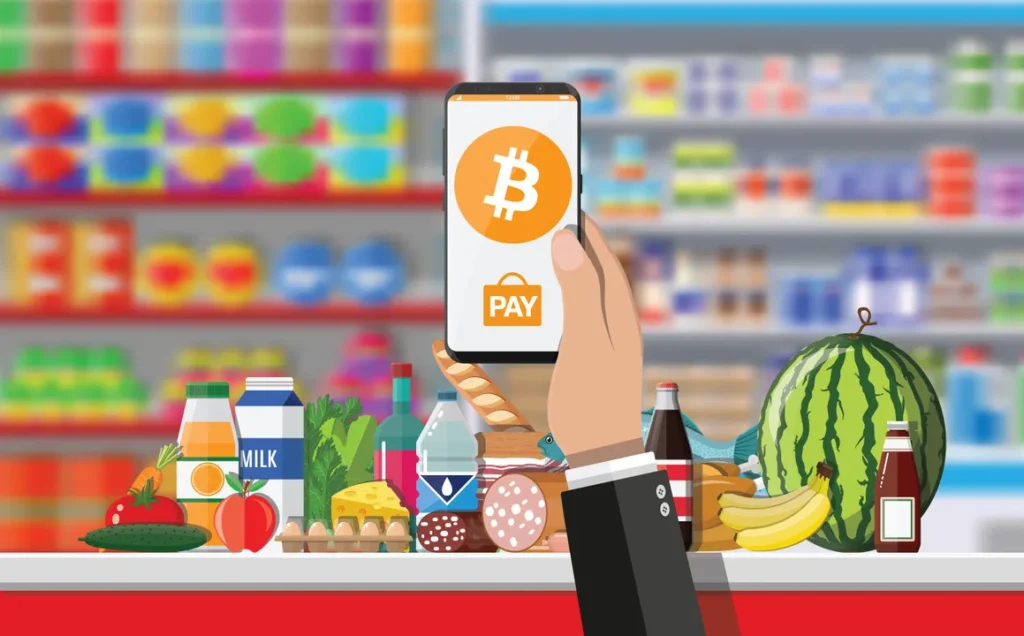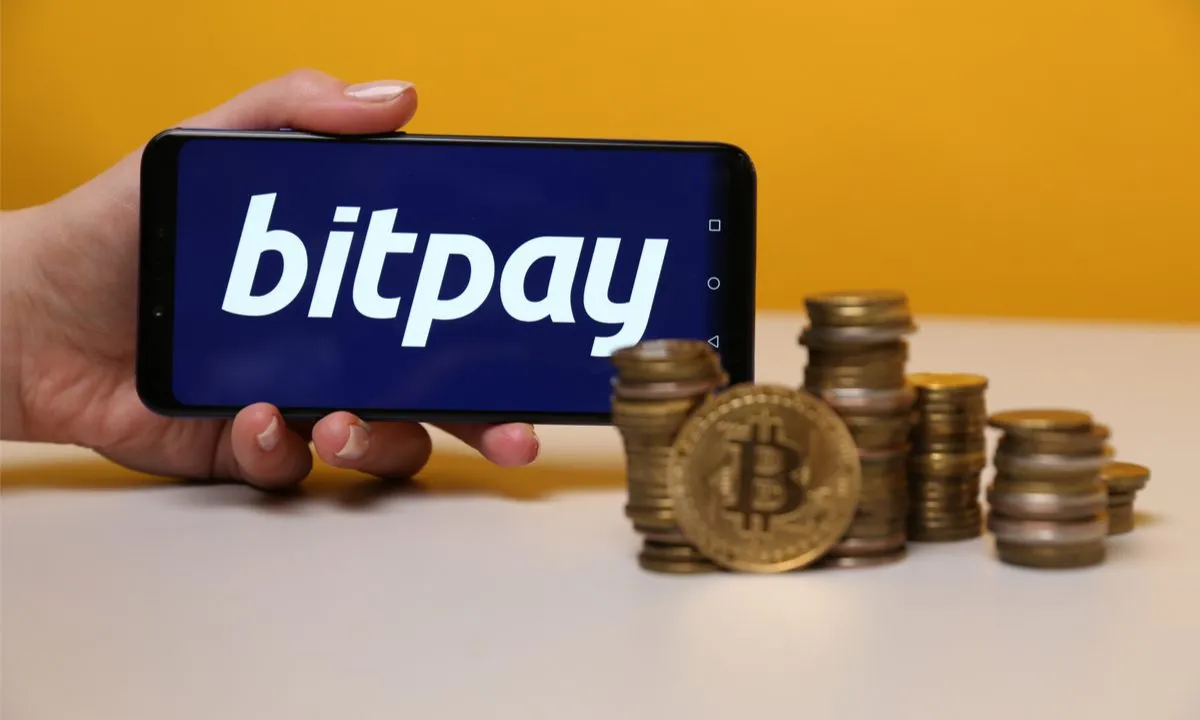Web3 freelancer crypto usage is transforming how digital nomads manage their income—especially in countries where financial systems are unstable or restrictive. Take Argentina, for example: a nation where inflation regularly hits double digits and freelancers are turning to crypto not just as a preference, but as a necessity.
Let’s zoom in on Argentina and see how Web3 professionals there are making digital paychecks work for their everyday lives.
Argentina’s Case: A Crypto Economy by Circumstance
In Argentina, many freelancers earn in crypto because their clients pay them in it—or because they prefer stablecoins like USDT and USDC over a rapidly devaluing peso. Local regulations and currency controls make it difficult to access foreign currency, so crypto becomes a kind of financial escape route.
Leo, a Web3 developer based in Buenos Aires, offers a prime example. “I get paid in USDT and use it directly to pay my rent. My landlord prefers it—it’s more reliable than our own currency,” he explains. For Leo, and thousands like him, holding onto crypto isn’t speculation—it’s survival.
Using crypto in Argentina isn’t just about avoiding inflation. It’s about living day to day. Thanks to tools like Binance Card and Bitrefill, freelancers can:
- Pay bills with crypto-loaded debit cards
- Buy groceries using crypto vouchers
- Order food or shop online using converted gift cards
- Even cover travel or healthcare needs


Web3 Freelancer Crypto Usage in Countries with High Inflation
Argentina isn’t alone. Similar stories are unfolding across Turkey, Nigeria, and Venezuela—places where Web3 freelancer crypto usage is more than just a trend. It’s a workaround for broken systems.
In these countries, freelancers use stablecoins for security. Volatility in crypto still exists, but compared to national currencies that lose 10–20% of their value in a month, USDC feels like gold.
Sarah, a freelance writer who recently relocated from the UK to Portugal, saw the difference immediately. “I used to convert everything to pounds before spending. Now I use crypto for groceries and utilities. Portugal’s crypto-friendly policies make it easy,” she says.


In contrast, in more stable economies like the U.S. or Germany, freelancers use crypto for flexibility or novelty, not survival. Some cash out via Coinbase to fiat, while others keep part of their pay in ETH or SOL as a long-term bet.
Tools Enabling Web3 Freelancer Crypto Usage Globally
Wherever you are, the tech that enables Web3 freelancer crypto usage is expanding fast. Freelancers now have access to an entire ecosystem of platforms designed to support a crypto-native lifestyle:
- BitPay, Binance Card, Coinbase Card: Spend crypto like fiat
- Bitrefill: Convert crypto into vouchers for everything from food to Netflix
- Travala, Airbnb (via workarounds): Book travel using crypto
- Superfluid: Stream payments in real-time
- DeWork and Wonder: Get crypto-paying gigs
- Utopia Labs: Manage DAO contributions and payroll


Even in places where direct crypto spending isn’t widespread, these tools offer bridges—turning tokens into tangible value.
Final Thoughts: One Country’s Solution, Many People’s Future
From Argentina’s inflation-fighting freelancers to Portugal’s tax-aware writers, Web3 freelancer crypto usage is no longer hypothetical. It’s real. It’s practical. And in many regions, it’s essential.
As governments catch up and platforms mature, the gaps between digital income and physical spending will only shrink. Whether it’s rent in Buenos Aires or ramen in Lisbon, freelancers around the globe are proving that crypto isn’t just for hodling—it’s for living.
Relevant news: here



